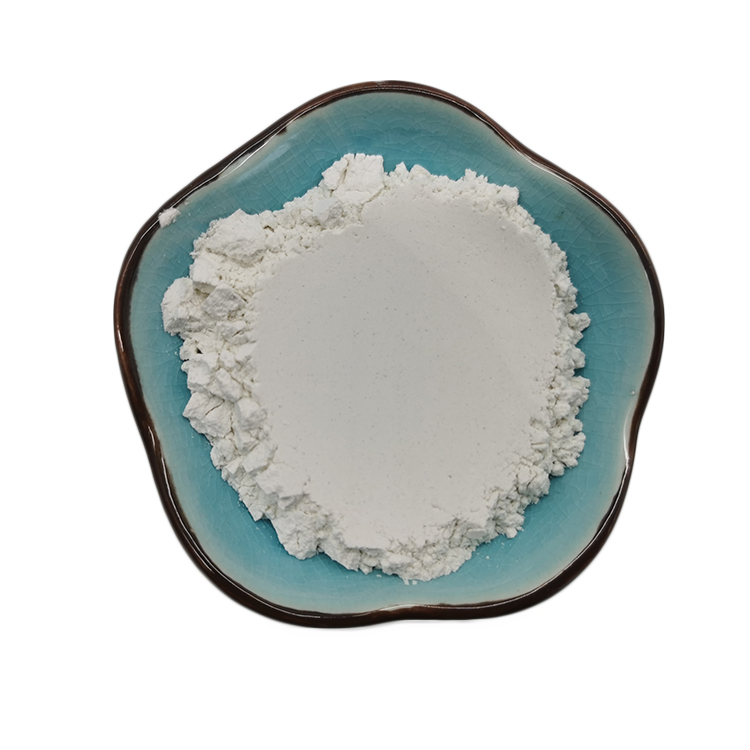Bentonite is a non-metallic mineral with montmorillonite as the main mineral component. The montmorillonite structure is a 2:1 type crystal structure composed of two silicon oxygen tetrahedrons sandwiched with a layer of aluminum oxide octahedron. Because the layered structure formed by montmorillonite cell has some cations, such as Cu, Mg, Na, K, etc., and the role of these cations with montmorillonite cell is very unstable, easy to be exchanged by other cations, it has good ion exchange ability. Abroad, it has been applied in more than 100 departments in 24 fields of industrial and agricultural production, with over 300 products, hence people call it “universal soil”.
Bentonite is also known as bentonite, bentonite, or bentonite. China has a long history of developing and using bentonite, which was originally only used as a detergent. There were open-pit mines in the Renshou area of Sichuan hundreds of years ago, and the locals referred to bentonite as clay powder. It is truly widely used but only has a history of over a hundred years. The first discovery in the United States was in the ancient strata of Wyoming. The chartreuse clay can expand into paste after adding water. Later, people called all clays with this property bentonite. In fact, the main mineral composition of bentonite is montmorillonite, with a content of 85-90%. Some properties of bentonite are also determined by montmorillonite. Montmorillonite can be in various colors, such as yellow green, yellow white, gray, white, etc. It can form dense blocks or loose soil, with a slippery feeling when rubbed with fingers. After adding water, the volume of small blocks expands several times to 20-30 times, appearing in a suspended state in water, and in a paste state when there is little water. The nature of montmorillonite is related to its chemical composition and internal structure.
Post time: Apr-12-2023


